Sakura holds deep and complex symbolism, representing both life and death, beauty and transience. As the arrival of spring brings new life, the blossoming cherry trees evoke a sense of vibrancy and renewal. Yet, the brief lifespan of the blossoms serves as a poignant reminder of life’s fleeting nature.
The Folklore of Japanese Sakura
Cherry blossoms have long been a prominent symbol in Japanese culture, appearing in art, literature, poetry, and film. Historically, they symbolized the short but brilliant lives of the samurai, the warriors of feudal Japan. The samurai followed a strict moral code known as bushido, which emphasized respect, honor, and discipline. Their role was to uphold these virtues and face death with courage. Fallen cherry blossoms came to represent the early deaths of these warriors.
 During World War II, kamikaze pilots painted sakura on their planes before embarking on their missions. The falling cherry petals symbolized their willingness to die beautifully for the emperor, much like the short-lived sakura.
During World War II, kamikaze pilots painted sakura on their planes before embarking on their missions. The falling cherry petals symbolized their willingness to die beautifully for the emperor, much like the short-lived sakura.
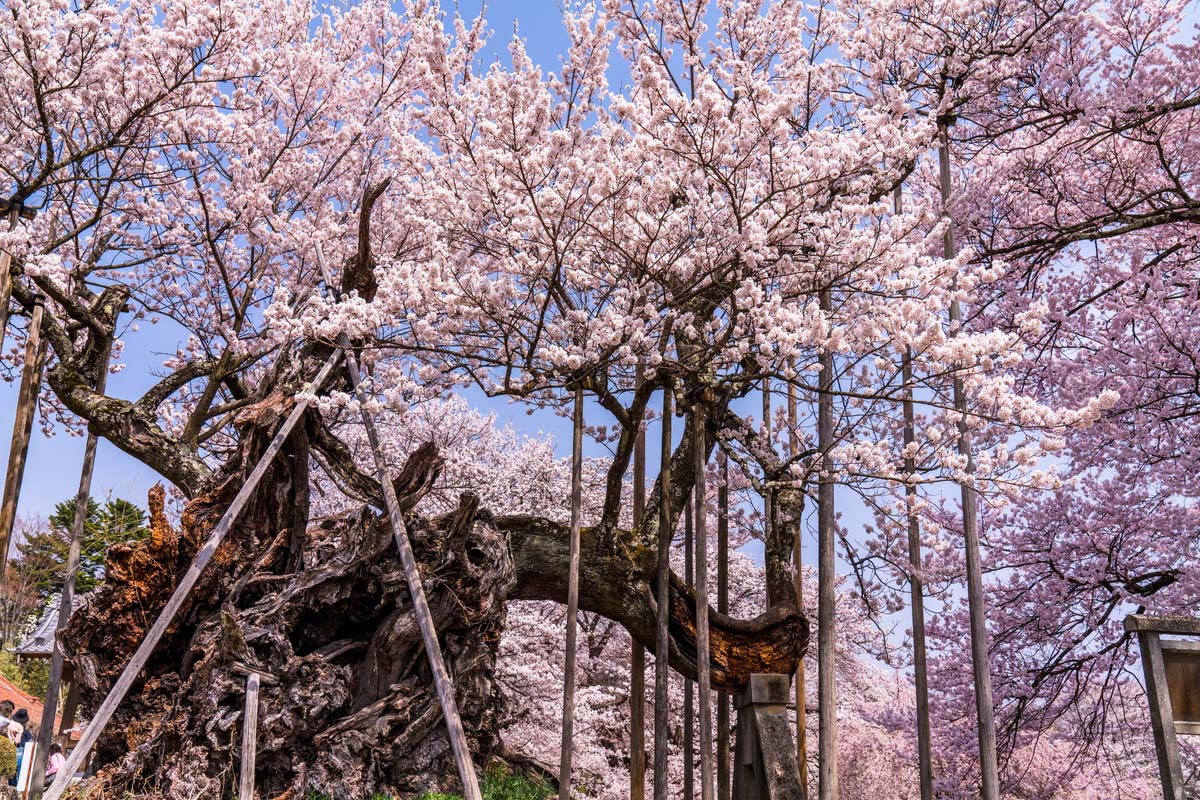 In Japanese folk beliefs, cherry blossom trees are also associated with agricultural fertility. The word “sakura” originally referred to a rice paddy god (sa) and the seat or dwelling of a god (kura). People believed that the spirits of mountain deities inhabited the cherry trees in spring, transforming into rice paddy gods. Thus, villagers would visit the mountains each year to worship the cherry blossoms.
In Japanese folk beliefs, cherry blossom trees are also associated with agricultural fertility. The word “sakura” originally referred to a rice paddy god (sa) and the seat or dwelling of a god (kura). People believed that the spirits of mountain deities inhabited the cherry trees in spring, transforming into rice paddy gods. Thus, villagers would visit the mountains each year to worship the cherry blossoms.
The Hanami Tradition
Hanami, or “flower viewing,” is a traditional Japanese practice that celebrates the fleeting beauty of cherry blossoms. In ancient times, it involved farmers gathering beneath the trees to offer prayers, feast, and hope for a good harvest. Today, Hanami is a beloved springtime event where families and friends enjoy picnics under the cherry blossoms, eating, drinking, and singing together.
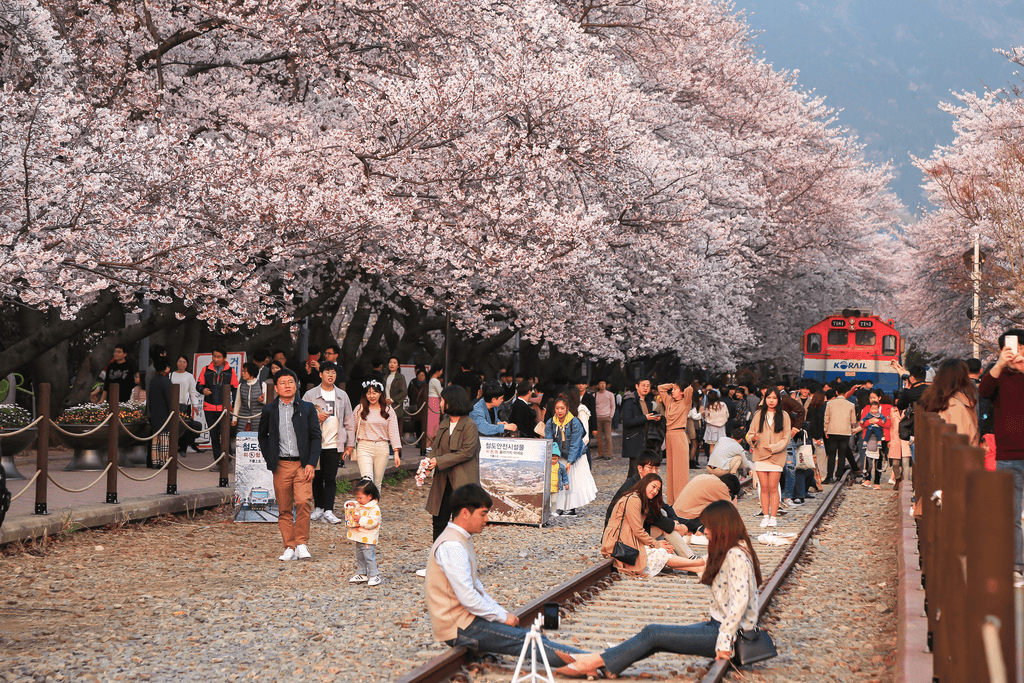

Sacred Cherry Trees in Japan
Throughout Japan, certain cherry trees are considered sacred, often linked to Shinto and Buddhist legends. These trees, believed to house kami (spirits), are marked by shimenawa—thick, twisted ropes encircling them. Cutting down or mistreating these trees is said to bring bad luck. Several of these sacred trees are cherry blossoms, with some known for blooming on specific dates beyond the usual spring season or even believed to contain human souls.
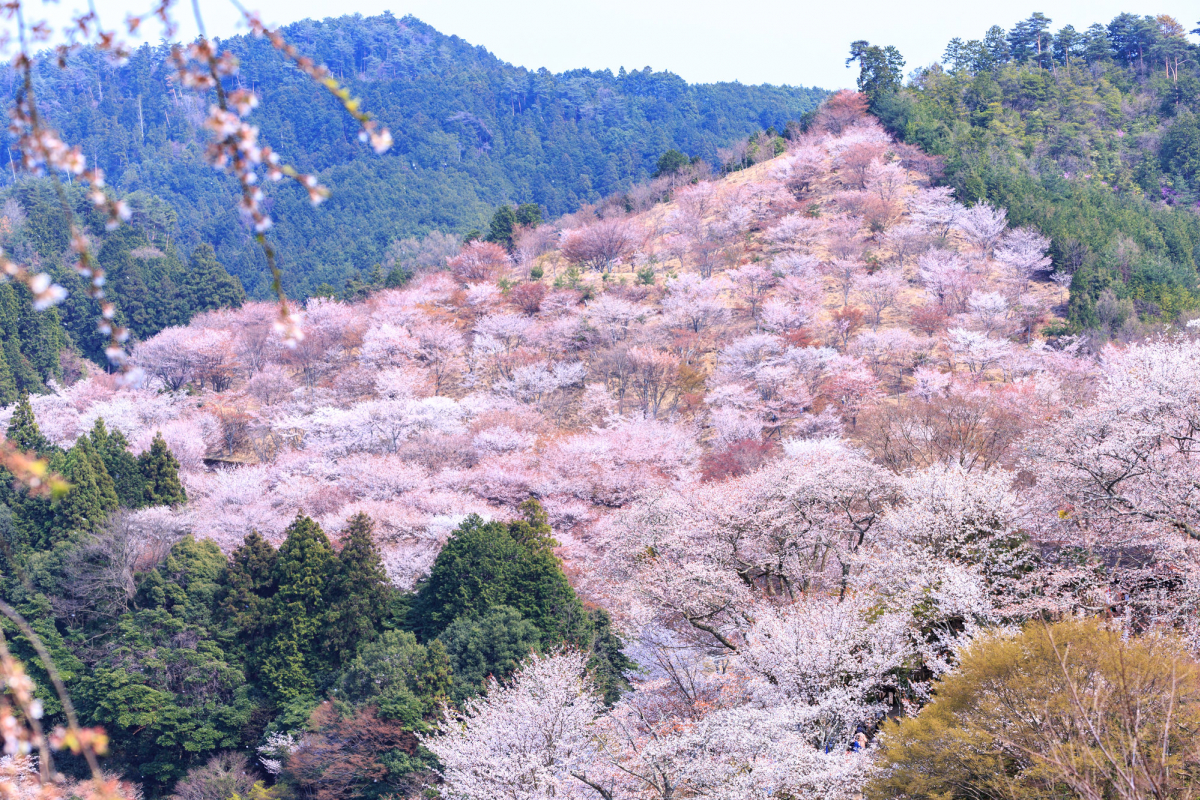
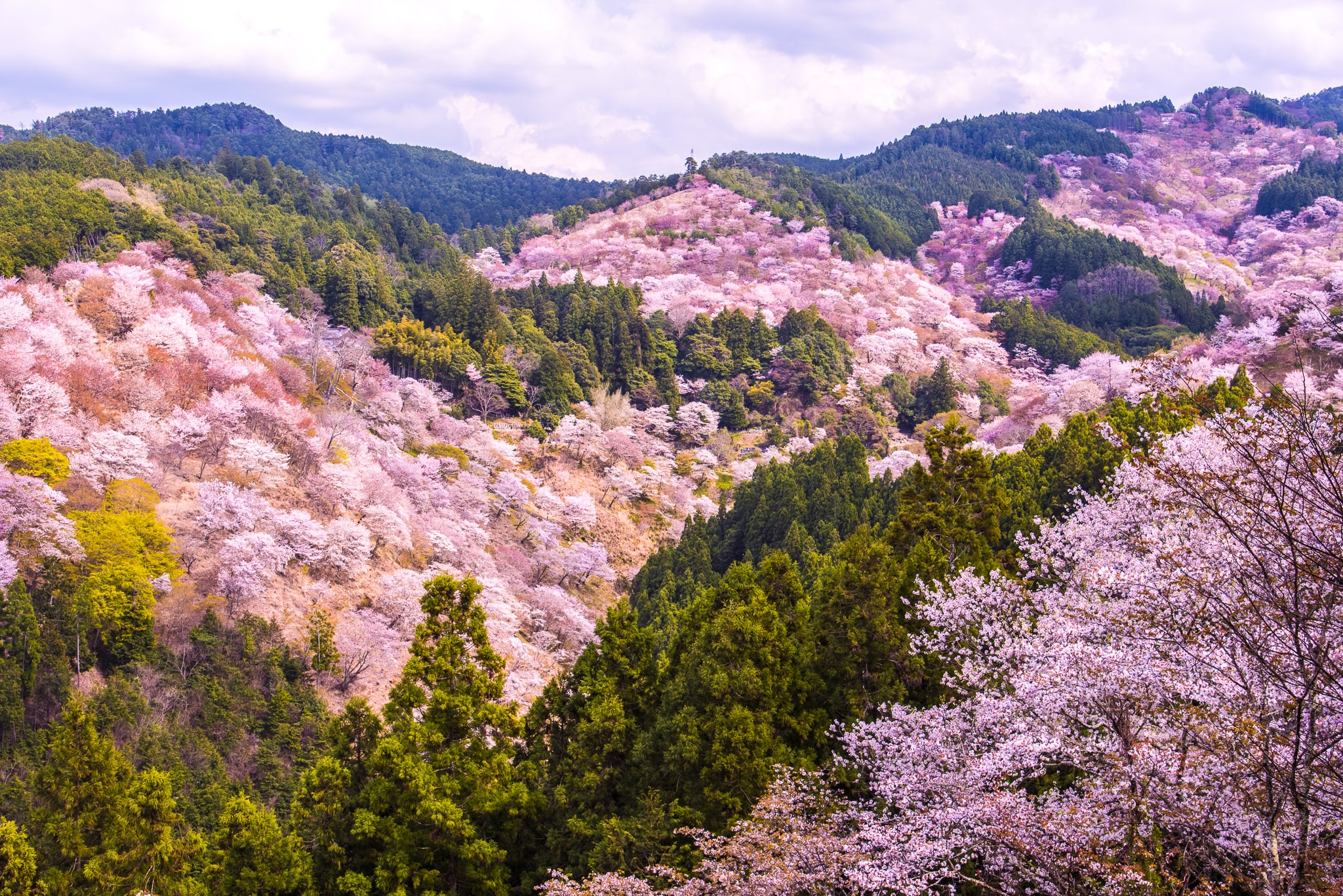
Notable Sacred Cherry Trees
One famous sacred tree is the Uba-zakura, or Milk Nurse Cherry Tree. According to legend, it blooms every year on the death anniversary of a wet nurse who sacrificed her life for the child she cared for. Her spirit is said to reside within the tree. Another legend involves an elderly samurai from Wakegori who, after losing all his loved ones, found solace only in an ancient cherry tree in his garden. When the tree eventually died, the lonely samurai took his own life, and his spirit entered the tree. Since then, it is said that the tree blooms every January 16th. In Morioka, Japan, there’s a 400-year-old tree known as Ishiwari-zakura, or the Stone-Splitting Cherry Tree. This tree grew from a crack in a boulder, eventually splitting it in two. The tree’s strength and beauty have become a symbol of natural power and resilience.
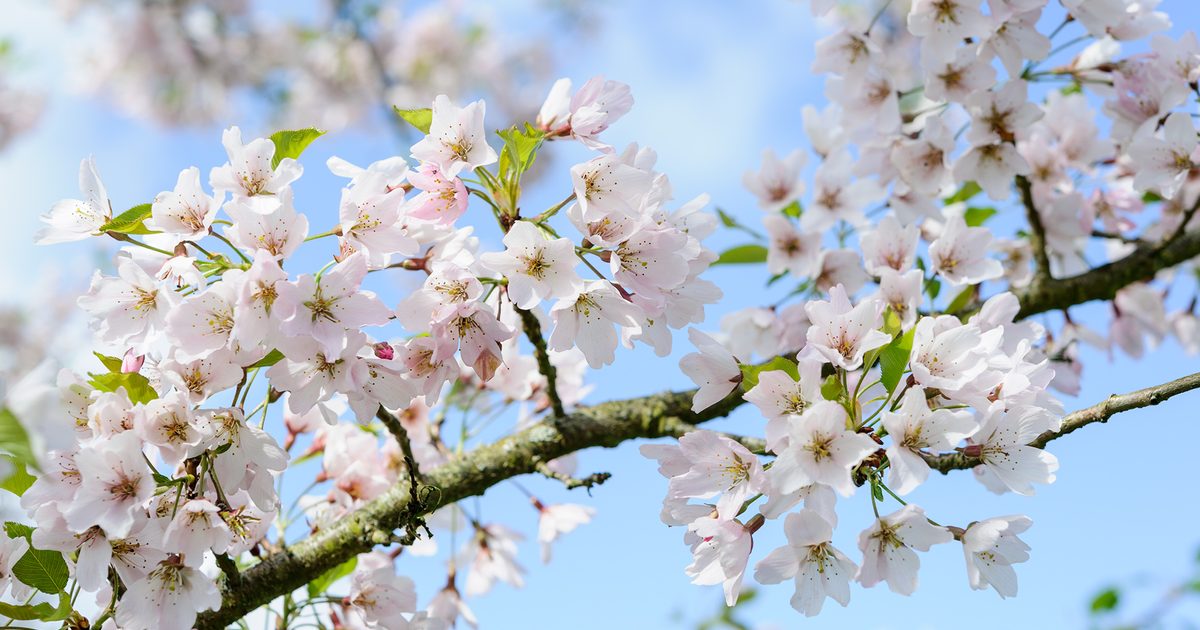
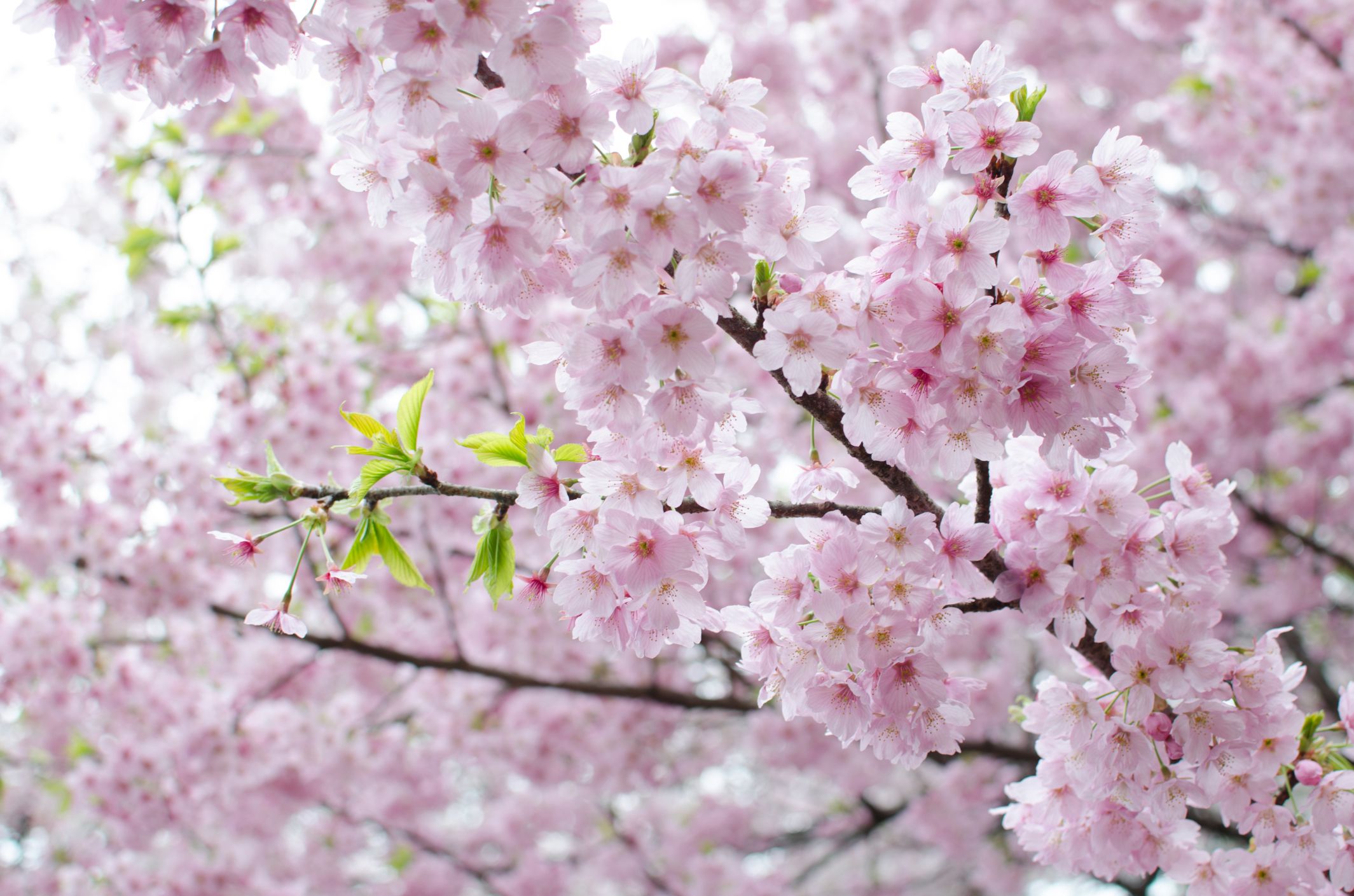
The Japanese cherry blossom, with its ephemeral and exquisite beauty, stands as a profound symbol of life’s delicate balance between joy and transience. Each bloom is a vivid reminder of the fleeting nature of existence, inviting us to appreciate the present moment and celebrate the beauty of renewal. As the blossoms flourish and fade, they echo the cycles of change and growth in our own lives, urging us to embrace both the vibrancy and the impermanence that define our journey through life.
